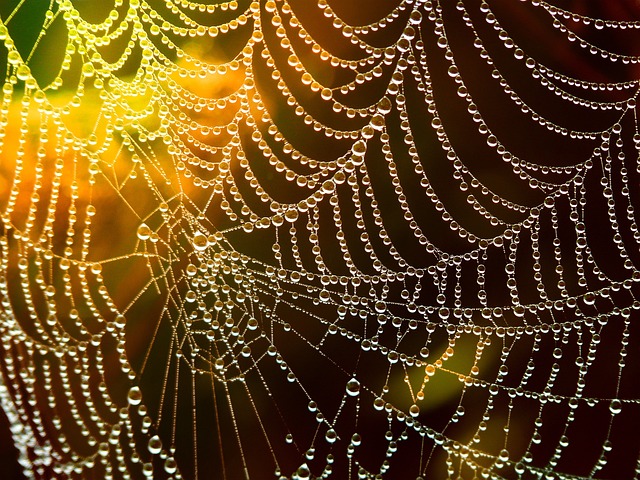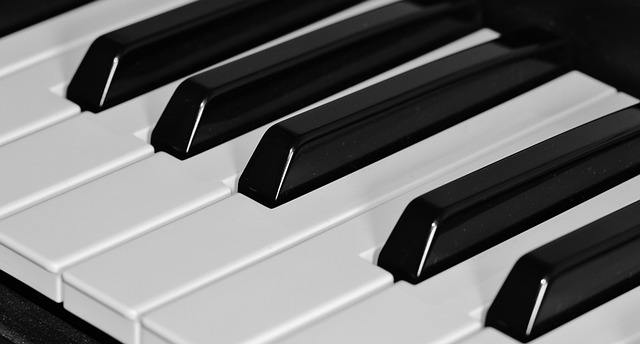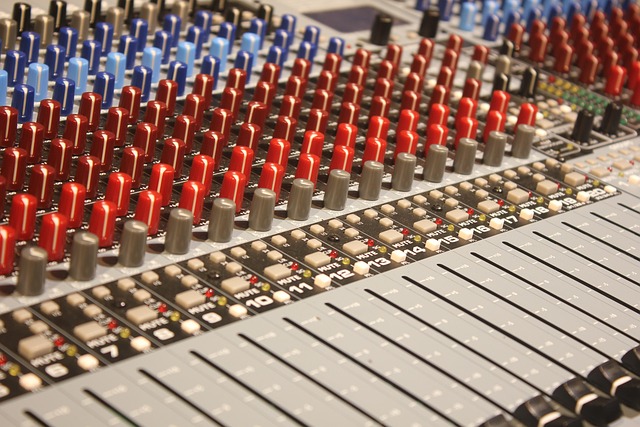Bass Trap 101: Elevating Your Audio Recording Studio
If you’re passionate about audio recording, whether it’s for music production, podcasting, or sound design, you understand the importance of a clear and balanced sound environment. One crucial yet often overlooked element in achieving that pristine sound is the Bass Trap. These acoustic treatment tools are essential in taming low-frequency sound waves that can muddy your mixes and make your recordings less accurate.
Why Bass Traps Matter in Audio Recording
In any audio recording studio, controlling the acoustic environment is key. Low-frequency sounds, or bass, have long wavelengths that tend to accumulate in corners and cause uneven frequency response. This creates boomy, resonant sounds that interfere with your ability to hear the real audio. A bass trap absorbs these problematic frequencies, resulting in a tighter, more controlled bass response that allows you to mix and record with confidence.
The Impact on Video and Home Cinema Setups
Audio excellence isn’t just for studios—it’s equally important for home cinema and video production environments. In your cinema room or home theater, too much bass can not only distort the soundtrack but also create an unbalanced experience, where dialogue is overshadowed by booming sound effects. Incorporating bass traps into your home cinema acoustics will help you enjoy crystal-clear dialogue and immersive soundscapes that match the intensity intended by filmmakers.
Transforming Your Cinema Room with Bass Traps
Creating a dedicated cinema room at home is a dream for many film enthusiasts. But without proper acoustic treatment, even the best equipment can’t deliver true cinematic sound. Bass traps absorb the low-end frequencies bouncing off walls and corners, reducing muddiness and echo. This gives a more natural sound, making explosions boom with authority and subtle audio cues crisp and clear. Whether you’re watching the latest blockbuster or editing your own video projects, bass traps will elevate the entire audio experience.
Choosing the Right Bass Trap for Your Space
When selecting bass traps, consider the size, density, and placement to maximize their effectiveness. Corner bass traps are popular because bass waves tend to accumulate in corners. However, depending on your room’s dimensions and the level of bass control needed, you may want to combine corner traps with panel traps on flat walls and ceilings.
Materials vary too – some bass traps use foam, others fiberglass or mineral wool – each with different absorption qualities and price points. The goal is to reduce the excessive low frequencies without deadening the room completely, preserving a natural and lively sound environment.
Integrating Bass Traps into Your Audio Workflow
For audio professionals, every element of the recording and mixing environment plays a pivotal role in the final output. Proper use of bass traps means that your monitors will deliver sound that truly represents your recordings, helping you make better decisions during mixing and mastering. Whether you’re working on a music album, a film score, or a YouTube video soundtrack, bass traps are an investment that pays dividends in sound quality.
Whether your passion lies in creating epic video soundtracks, enjoying immersive home cinema, or achieving studio-grade audio recordings, understanding and utilizing bass traps will transform your acoustic environment and elevate your audio experience to new heights.



